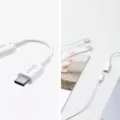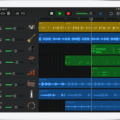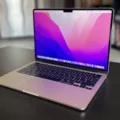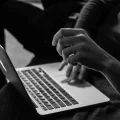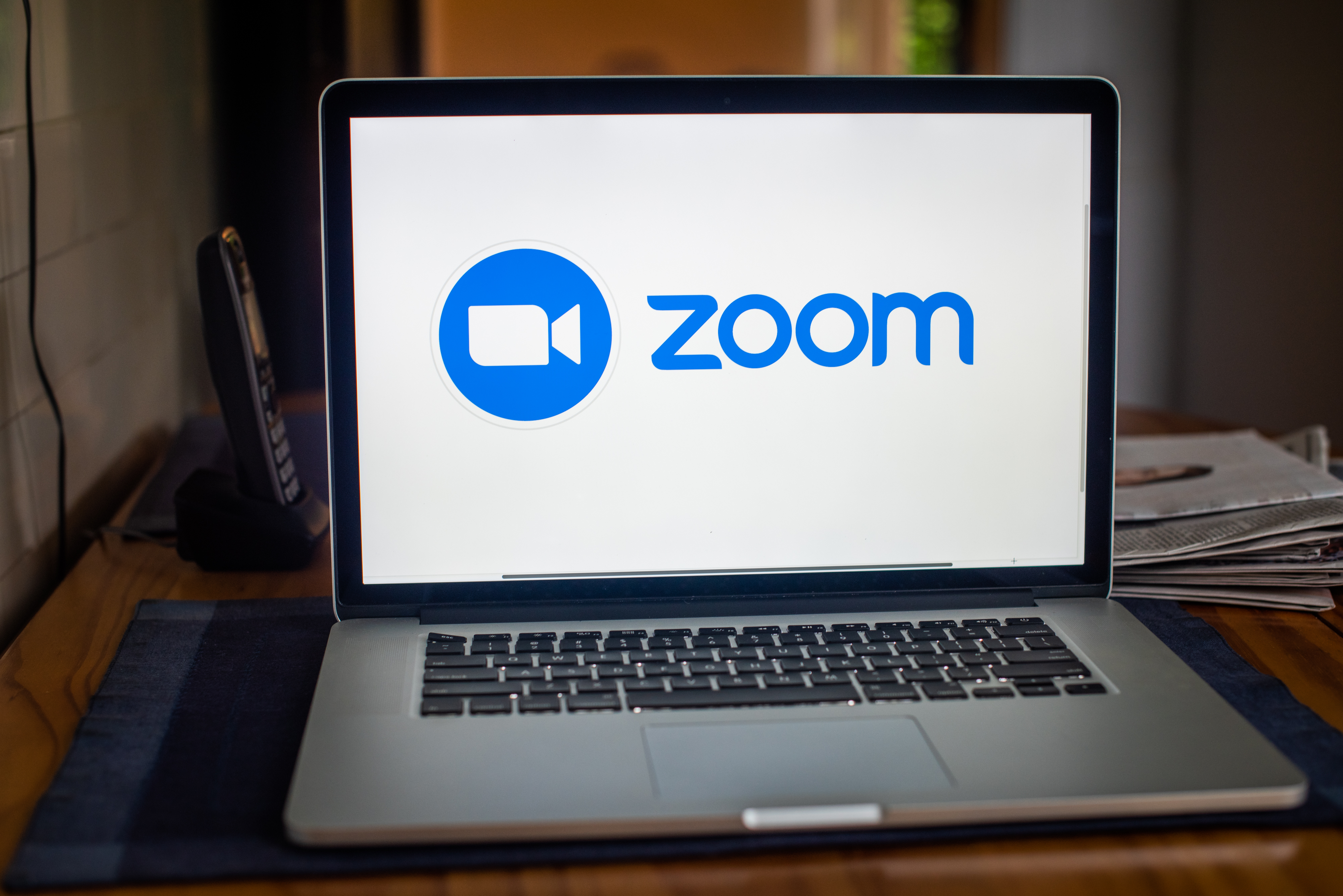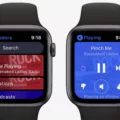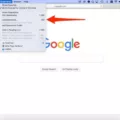Are you looking to plug your guitar into your iPhone? Whether you’re a beginner or experienced guitarist, having the ability to plug your guitar into your iPhone opens up a world of possibilities. From recording tracks and creating music on the go to using apps to help with tuning and learning new songs, there are so many ways you can make use of this technology.
In this blog post, we’ll look at what you need to plug your guitar into an iPhone and how to do it. We’ll also look at some of the best apps that can make the process even easier.
What Do You Need To Plug Your Guitar Into An iPhone?
Before we get started, let’s take a look at what you’ll need in order to plug your guitar into an iPhone. The most important thng is an audio interface. This is a device that connects between the guitar and the phone, allowing for an analog-to-digital conversion of the signal from the guitar. There are various audio interfaces available for iPhones, but the iRig HD 2 is a particularly popular choice as it’s easy to set up and use.
You will also need either a quarter-inch jack socket or an adapter that allows you to plug in instruments with oher types of connectors. Finally, you’ll need some form of cable or wire in order to connect all these pieces together.
How To Plug Your Guitar Into An iPhone?
Once you have all the necessary equipment, it’s time to hook everything up. First, connect your audio interface to your iPhone using either a lightning cable or USB cable depending on which type of connector is required by your interface. Then plug one end of your instrument cable into the output port on the audio interface and the other end into your instrument (usually either a quarter-inch jack socket or some kind of adapter).
Finally, turn on monitoring in GarageBand (the app that coes preinstalled on iPhones) so that any sound coming from your instrument is heard through your headphones or speakers connected to the phone. You’re now ready to start playing!
There are seeral useful apps available for iPhones that can help make playing with an electric guitar even more enjoyable and convenient. Music Tutor is one such app which allows users to practice their scales and arpeggios while being guided by animated diagrams showing finger placement on each string and fretboard position changes as chords are played out loud by real musicians. Another great app for recording tracks is GarageBand which has many powerful features including virtual amps and effects pedals as well as full mixing capabilities all within one intuitive platform. Lastly, apps like Fret Trainer offer users interactive lessons tailored specifically towards their level of experience with exercises designed to help improve technique and theory understanding over time without requiring expensive private tuition sessions or cumbersome physical books/DVDs/CDs etc..
Plugging a Guitar into Garageband on an iPhone
To plug your guitar into Garageband iOS, you’ll need an audio interface such as the iRig HD 2. First, connect your iPhone to the audio interface uing a thunderbolt to micro-usb cable. Next, turn on your iPhone and open Garageband. Select the amplifier type of your choice and plug your guitar into the audio interface. Lastly, make sure to turn the monitoring button on so you can hear what you’re playing.
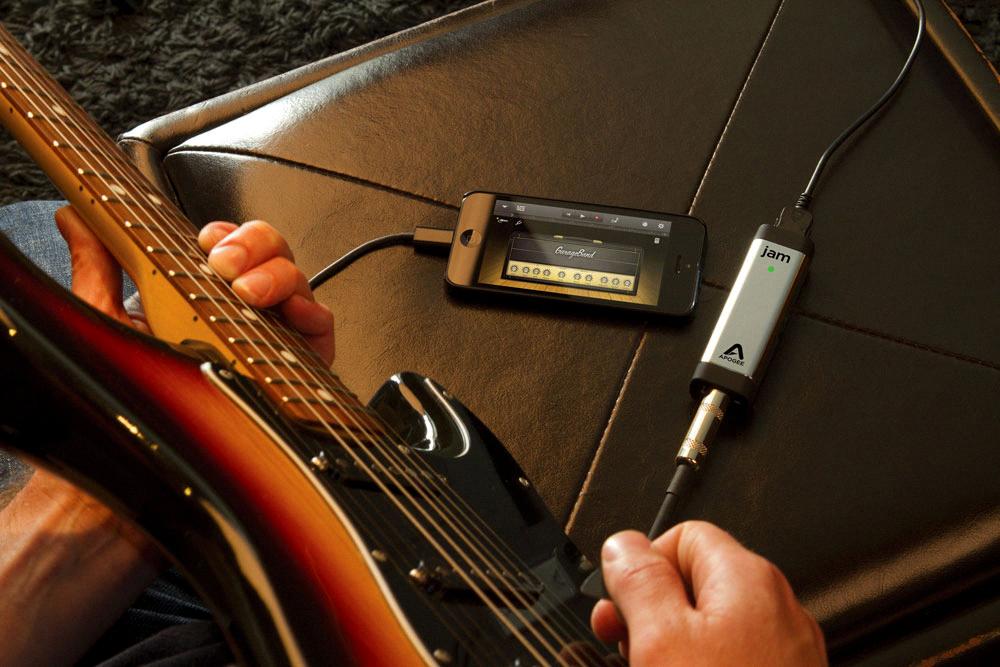
Source: fuelrocks.com
Can an iPhone Be Plugged Into a Guitar Amp?
No, you cannot plug an iPhone directly into a guitar amp. iPhones do not come with quarter-inch jacks, so you will need to use an adapter to connect your guitar to the iPhone. There are several different types of adapters available, including tose that require a power supply and those that use the iOS device’s microphone input. No matter which type of adapter you choose, it will not allow you to plug the iPhone directly into a guitar amp.
Connecting a Guitar to an iPhone 13
To plug your guitar into your iPhone 13, you’ll need a lightning to USB adaptor and a guitar lead. First, connect the lightning end of the adaptor to your iPhone’s charging port. Then, plug one end of the guitar lead into the port on the guitar, and plug the other end into the adaptor. Once everything is connected properly, you should be able to play your guitar through your iPhone 13!
Using a Phone as an Electric Guitar Amplifier
Yes, you can use your phone as an electric guitar amp. Here is a quick 3-step guide on how to do it:
1. Purchase an audio interface or adapter that will allow you to plug your electric guitar into your phone’s headphone jack.
2. Download a guitar amp app from the App Store or Google Play Store that allows you to customize and control your sound with different effects and settings.
3. Plug in your guitar and play! You’ll be able to access different amp settings and presets within the app, allowing you to customize the sound of your electric guitar for any musical situation.
By following these steps, you can easily turn your smartphone into an electric guitar amp anytime and anywhere!
Connecting a Guitar to a Phone
Yes, you can hook up your guitar to your phone. You will need a micro USB to USB OTG cable, which allows you to connect devices that use a micro USB connector to an Android phone that has a USB OTG port. Once the cable is connected, you’ll need to download a guitar app from the Google Play Store. The app will provide you with all the tools and features you need to record and play music on your phone.
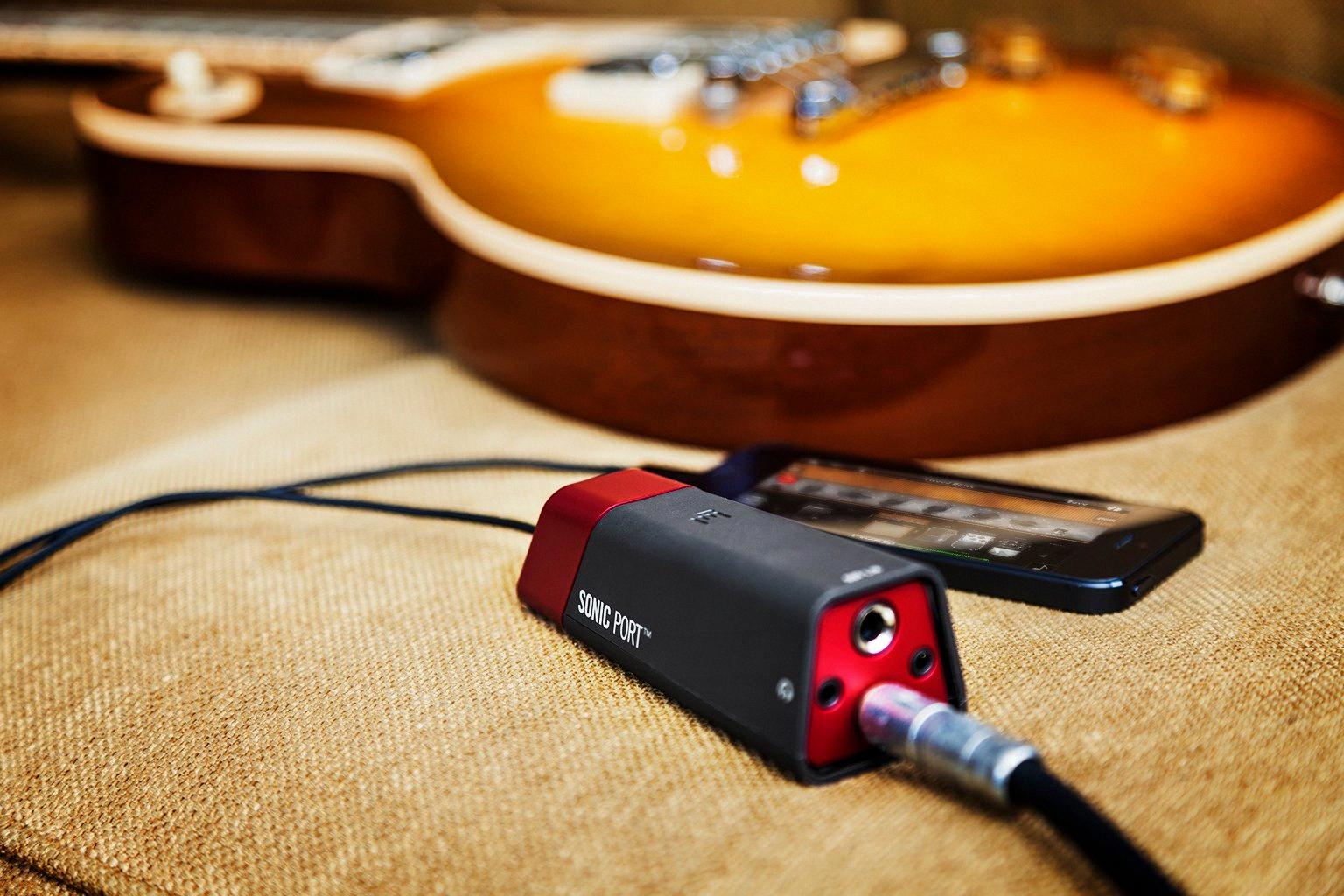
Source: expertreviews.co.uk
Recording Guitar Playing on an iPhone
To record yourself playing guitar on your iPhone, you will need to connect an external microphone to your device. Open the GarageBand app and tap on the Audio Recorder icon. Tap on the microphone button to select either the built-in microphone or an external one. When you are ready to record, press the red Record button and start playing your guitar. When you are finished recording, press Stop and Save. Your recording will now be available in the Tracks view where you can edit it furter if needed.
Playing Guitar Without an Amp
Playing guitar without an amp is possible by plugging the guitar into an audio interface such as a mixing console, sound card, or USB audio interface. The audio interface connects to a computer, smartphone, or other device that can play sounds through headphones, speakers, or studio monitors. For example, if you have a laptop with a USB port, you cold plug in the guitar and use music production software to hear the sound coming from your laptop’s speakers. Alternatively, some electro-acoustic guitars and electric guitars come with built-in amplifiers that allow you to hear the sound of the guitar on its own without an external amplifier. Finally, there are also guitar pickups available that allow you to plug your electric guitar directly into a PA system or other amplification devices.
Using GarageBand as an Amp
Yes, you can use GarageBand as an amp, allowing you to simulate the sounds of famous guitar and bass amplifiers. When creating audio tracks for electric guitar or bass, you can choose patches with an amp model and one or more stompbox pedal effects. You can also select from a variety of oher amps and effects to create your own unique sound. Additionally, GarageBand offers a range of tools to help you adjust the tone of your guitar or bass track, including EQ settings and reverb effects.
Conclusion
In conclusion, the guitar is an incredibly popular instrument that has been used for centuries to create beautiful music. It is a versatile instrument that can be used in a variety of musical styles, from classical to rock and everything in between. Connecting an electric guitar to a phone or other device is relatively easy and allows users to create and edit their own sounds on the go. With the right equipment and some practice, anyone can become a master of the guitar and make amazing music.


